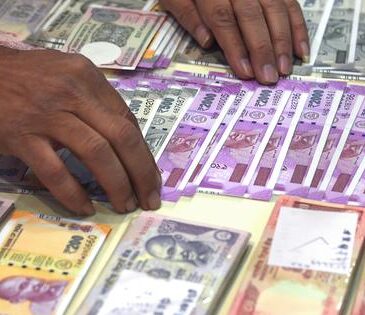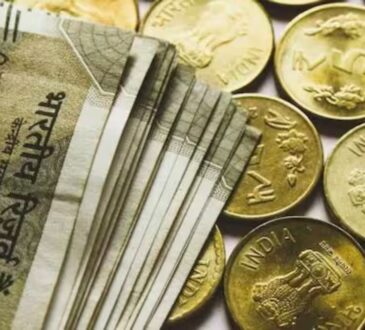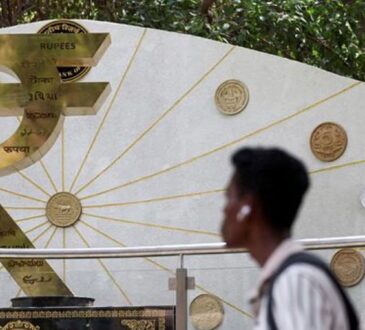- Asian currencies are surging as the US dollar weakens, and it could impact summer travel costs.
- The dollar’s decline is driven by the “Sell America” trend and trade negotiations.
- A weaker dollar may shift purchasing power to Asia, affecting investments and markets.
Dreaming of a cocktail on the beach in Malaysia or exploring the buzzing night markets of Taiwan?
You might want to hold that thought: Summer vacations in Asia may get more expensive than you think, as the US dollar continues to come under pressure.
The typically stable Taiwan dollar surged by as much as 10% against the greenback in the first few days of this month. The currency is now about 8% higher against the dollar this year to date.
Other Asian currencies, including those from Singapore, South Korea, Malaysia, China, and Hong Kong, have also rallied over the same period.
The gains come as Asian companies, including insurers and exporters, move money out of US assets and back home — a shift driven in part by the weakening dollar. Many didn’t hedge against currency swings, so they’re now losing money as the greenback falls amid fears over Trump’s tariffs and a slowing economy.
Francesco Pesole, an ING strategist, wrote in a note on Tuesday that economies like Taiwan, which have large holdings in US-denominated assets, are feeling the pain from the dollar’s slide. As a result, investors are increasingly looking to hedge their exposure and diversify away from US investments.
Pesole said this trend is part of a “more worrying bearish narrative for the dollar” as it comes at a time when Asian countries are negotiating trade deals with the US.
The US Dollar Index, which measures the greenback against a basket of major peer currencies, is down about 8% this year to date, as investors dig in on the “Sell America” theme, which has roiled the Treasury market.
“We agree with the view expressed in the market that the extremely volatile markets seen in Taiwan FX over the last few days are a warning shot,” George Saravelos, the global head of foreign exchange research at Deutsche Bank, wrote on Tuesday.
‘Asian crisis in reverse’
The unusual moves in Asia’s currency markets could have major implications in the longer term.
“To me, it has a very sort of Asian-crisis-in-reverse feel to it,” Louis-Vincent Gave, the founding partner of Gavekal Research, said in a podcast on Monday.
The 1997 Asian Financial Crisis was triggered by the collapse of the Thai baht, which led to financial contagion across the region. In its aftermath, many Asian economies began hoarding US dollars to build up foreign exchange reserves as a defense against future crises.
“If the Asian crisis essentially meant a massive transfer of purchasing power from the Asian consumer to the US consumer, then the reverse Asian crisis that we are now going through essentially reverses all of these trends,” he said.
If the trend spreads across the region, there will be “massive investment implications,” Gave said, citing a structurally weaker dollar and pressure for Treasurys.
On the flip side, local stock markets in Asia could benefit.
“I think it’s a tremendous transfer of purchasing power from the West to the East,” he said.




